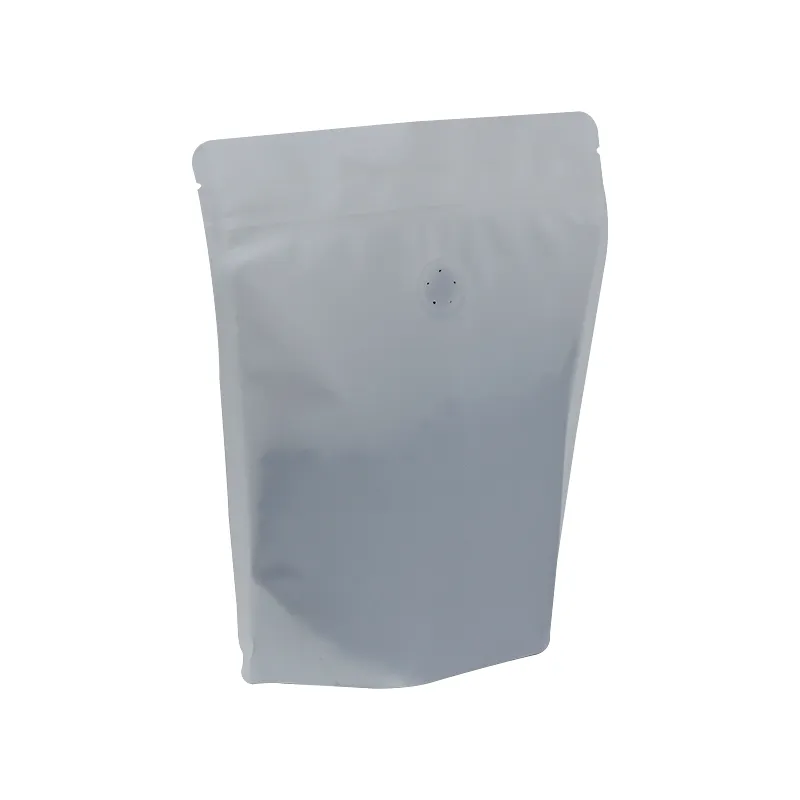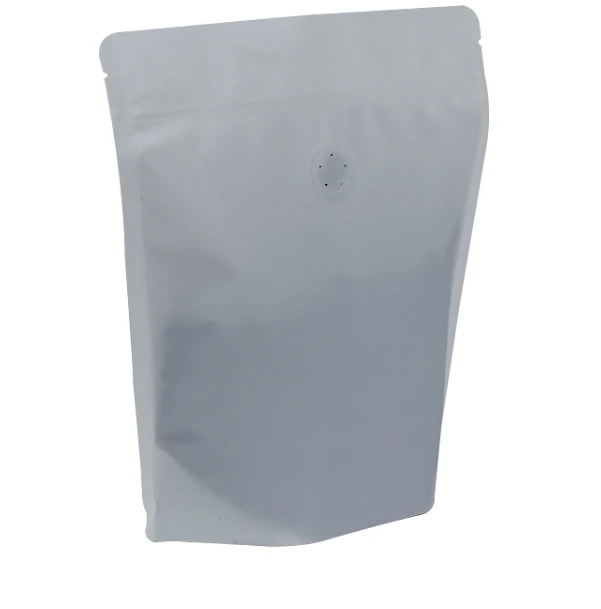- Afrikaans
- Albanian
- Amharic
- Arabic
- Armenian
- Azerbaijani
- Basque
- Belarusian
- Bengali
- Bosnian
- Bulgarian
- Catalan
- Cebuano
- chinese_simplified
- chinese_traditional
- Corsican
- Croatian
- Czech
- Danish
- Dutch
- English
- Esperanto
- Estonian
- Finnish
- French
- Frisian
- Galician
- Georgian
- German
- Greek
- Gujarati
- haitian_creole
- hausa
- hawaiian
- Hebrew
- Hindi
- Miao
- Hungarian
- Icelandic
- igbo
- Indonesian
- irish
- Italian
- Japanese
- Javanese
- Kannada
- kazakh
- Khmer
- Rwandese
- Korean
- Kurdish
- Kyrgyz
- Lao
- Latin
- Latvian
- Lithuanian
- Luxembourgish
- Macedonian
- Malgashi
- Malay
- Malayalam
- Maltese
- Maori
- Marathi
- Mongolian
- Myanmar
- Nepali
- Norwegian
- Norwegian
- Occitan
- Pashto
- Persian
- Polish
- Portuguese
- Punjabi
- Romanian
- Russian
- Samoan
- scottish-gaelic
- Serbian
- Sesotho
- Shona
- Sindhi
- Sinhala
- Slovak
- Slovenian
- Somali
- Spanish
- Sundanese
- Swahili
- Swedish
- Tagalog
- Tajik
- Tamil
- Tatar
- Telugu
- Thai
- Turkish
- Turkmen
- Ukrainian
- Urdu
- Uighur
- Uzbek
- Vietnamese
- Welsh
- Bantu
- Yiddish
- Yoruba
- Zulu
Understanding the Characteristics and Uses of 22 Gauge Measurement in Millimeters
Understanding 22 Gauge in Millimeters A Comprehensive Guide
When discussing wire, metal sheets, or any material that is measured using gauges, the term gauge can often be confusing for both novices and seasoned professionals alike. The term 22 gauge is commonly used in various industries, including jewelry making, crafting, and construction, to denote a specific thickness of material. To bring clarity to this measurement, we will explore what 22 gauge means, how it relates to millimeters, and its applications in different fields.
What Is Gauge?
The gauge system originated from the need to standardize measurements for various materials, especially metals. It is worth noting that the gauge measurement system is somewhat counterintuitive. As the gauge number increases, the thickness of the material actually decreases; hence, a lower gauge number corresponds to a thicker material. This may seem peculiar, but it has become the accepted norm in many industries.
What Is 22 Gauge?
Specifically, 22 gauge is a measurement commonly used to describe the thickness of wire and sheet metal. In the United States, the gauge system is based on a wire gauge scale. When it comes to 22 gauge wire, it generally has a thickness of approximately 0.65 millimeters. However, it’s essential to recognize that this thickness can vary slightly depending on the type of material being measured, as different metals can have different gauge conversions.
Converting 22 Gauge to Millimeters
To understand how 22 gauge translates into millimeters, one can utilize gauge conversion charts found in various reference materials. For 22 gauge wire, the standard thickness is around 0.65 mm. This value provides a useful reference point for craftspeople and engineers alike when selecting the appropriate wire or sheet metal for their projects.
22 gauge mm

Applications of 22 Gauge Material
The use of 22 gauge material is prevalent across several sectors
1. Jewelry Making In the realm of jewelry making, 22 gauge wire is often favored due to its durability and flexibility. It is thick enough to support various designs while still being malleable enough to be easily shaped into rings, necklaces, and other adornments. Craftspeople appreciate the balance it offers between sturdiness and workability.
2. Electronics and Wiring In the electronics industry, 22 gauge wire is commonly utilized for connections requiring a moderate amount of current. It is often used for internal wiring of electronics, connecting components, or even in small applications like hook-up wire. This thickness can handle a significant current load while being easy to work with in tight spaces.
3. Construction and Fabrication In construction, especially in roofing and siding applications, 22 gauge metal sheets may be employed. They provide an excellent balance between strength and weight. Builders and fabricators often rely on this gauge for components where a thin but durable material is essential.
4. Art and Craft Projects Crafters often use 22 gauge wire in various projects, including sculpture, metal art, and handmade decorations. Its versatility allows for intricate designs while ensuring the final products maintain integrity and durability over time.
Conclusion
In summary, understanding the 22 gauge measurement in millimeters is crucial for those working with various materials across multiple industries. With a standard thickness of approximately 0.65 millimeters, 22 gauge wire and sheet metal serve as a reliable choice for everything from jewelry making to construction. As you embark on your next project, consider the properties and applications of 22 gauge materials, enabling you to make informed decisions that will contribute to the success of your endeavors. Whether you're an experienced artisan or a DIY enthusiast, this knowledge will undoubtedly enhance your craft and material selection process.













